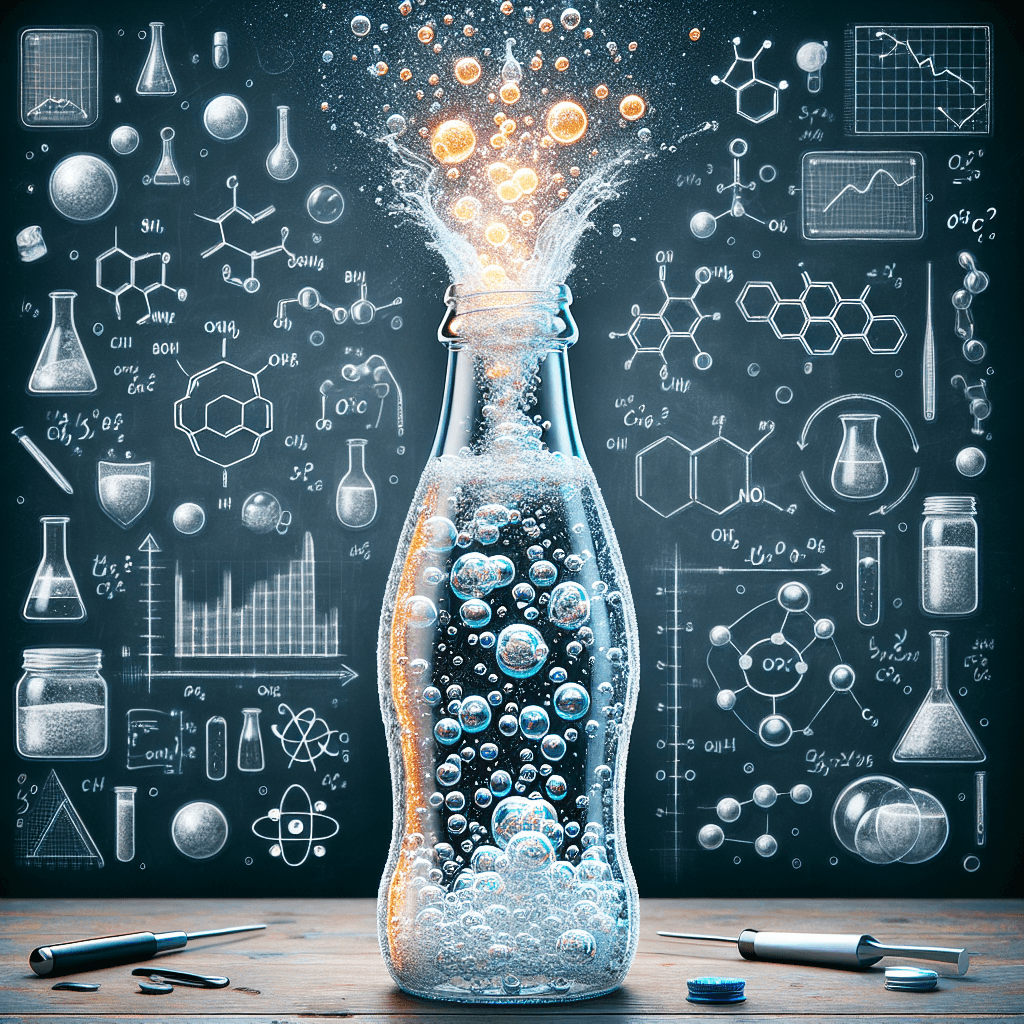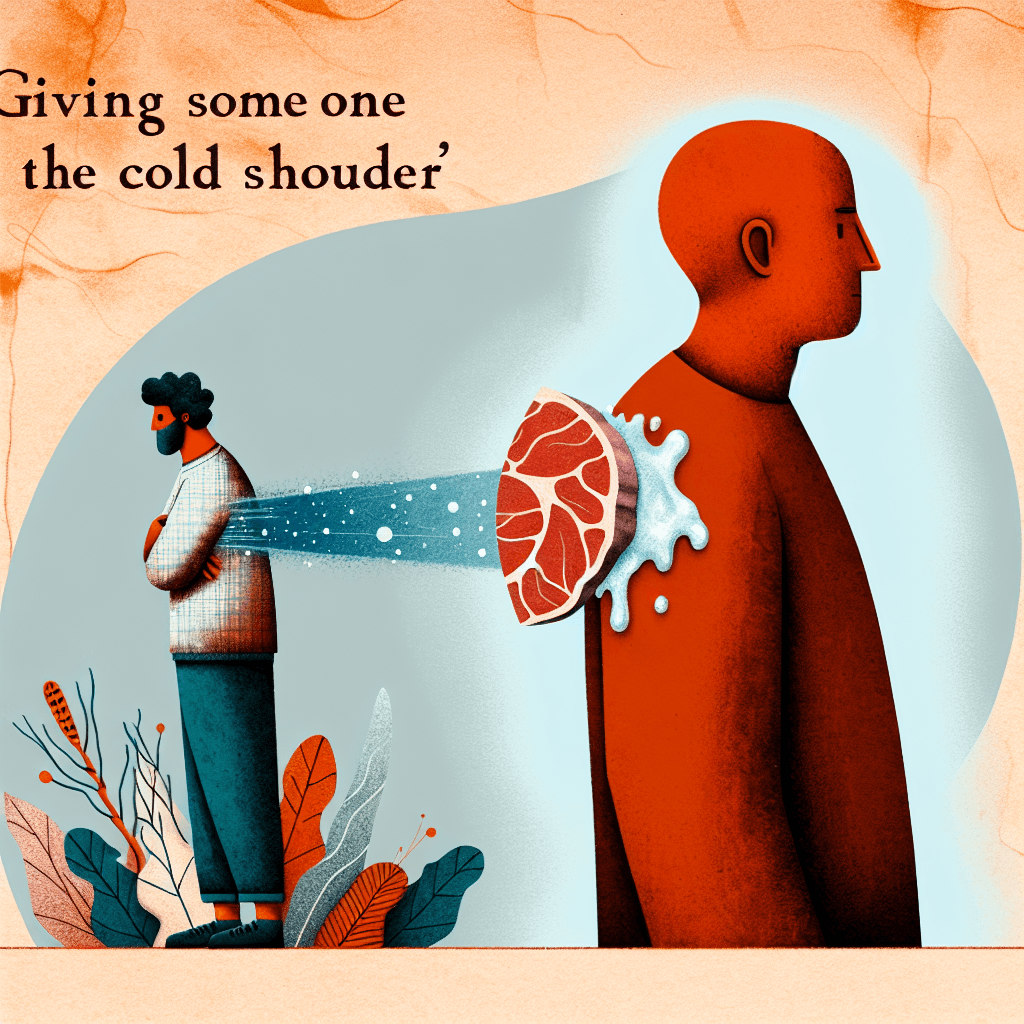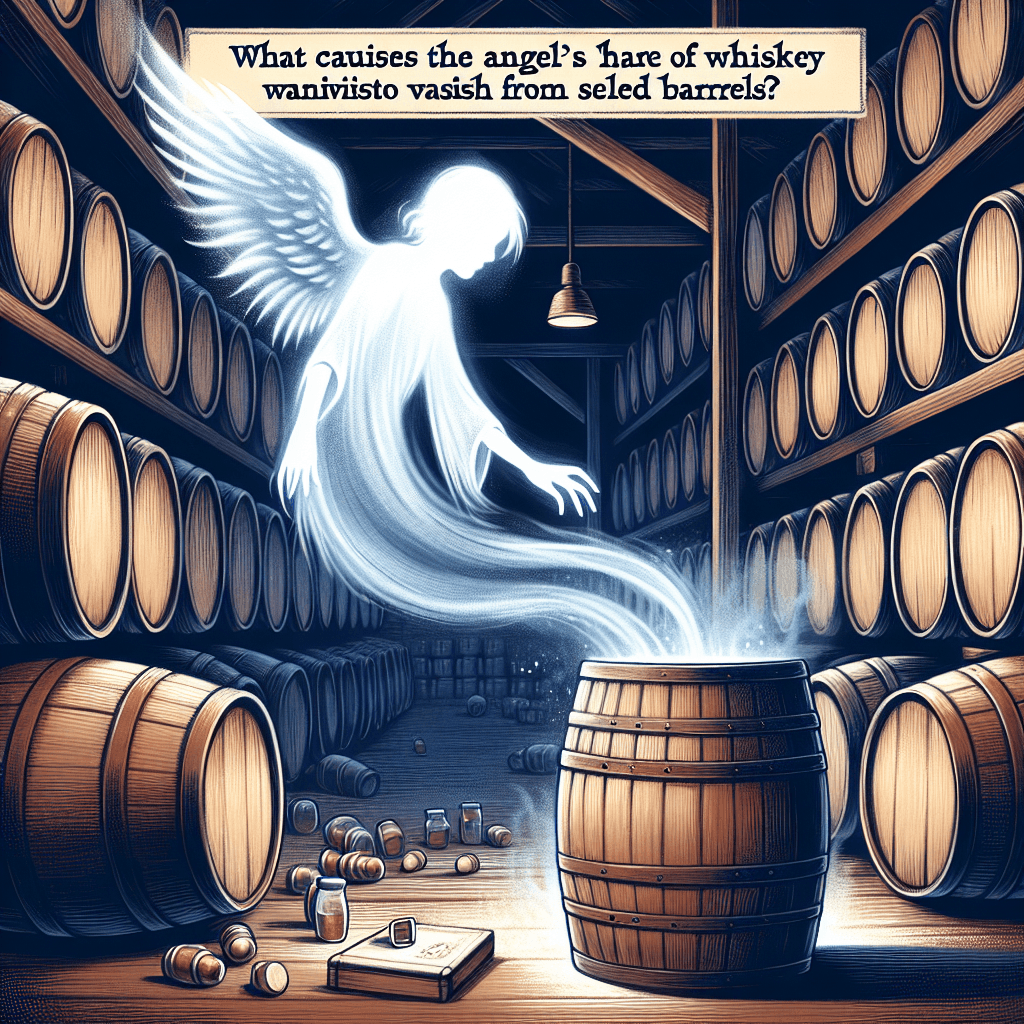The Explosive Truth: Why Shaking a Fizzy Drink Makes It Foam Over
We've all braced for the inevitable eruption of a shaken soda can. This post dives into the science behind why a simple shake turns your fizzy drink into a sticky geyser.


Too Long; Didn't Read
Shaking a drink creates tiny bubbles throughout the liquid. When you open the can, the pressurized CO2 gas rushes to these bubbles to escape all at once, causing a foam explosion.
The Explosive Truth: Why Does Shaking a Fizzy Drink Make It Foam Over When Opened?
We've all been there. Maybe a can of soda slipped from your grasp, or perhaps a mischievous sibling gave your fizzy drink a vigorous shake before handing it over. You tentatively crack the seal, bracing for the inevitable… whoosh! A sticky geyser erupts, coating your hands and everything nearby. It's a common, often messy, experience. But have you ever stopped to wonder why shaking a fizzy drink turns it into a volatile foam bomb upon opening? It’s not magic, but fascinating science involving pressure, gas, and tiny bubbles. This post dives into the physics behind the fizz frenzy.
Uncapping the Science: What Makes Drinks Fizzy?
Before we understand the shaking effect, let's look at an undisturbed fizzy drink. That characteristic 'tingle' comes from dissolved carbon dioxide (CO2) gas.
- Carbonation: Manufacturers force CO2 gas into the liquid under high pressure. This process dissolves much more CO2 into the drink than would naturally occur at normal atmospheric pressure.
- Henry's Law: This scientific principle states that the amount of dissolved gas in a liquid is directly proportional to the partial pressure of that gas above the liquid. In simple terms: higher pressure = more dissolved gas.
- Sealed State: When the can or bottle is sealed, the high pressure inside keeps the CO2 dissolved, existing mostly as individual molecules dispersed within the liquid. There's also a small pocket of pressurized CO2 gas in the headspace above the liquid.
Shaking Things Up: Introducing Chaos
So, what changes when you shake the container? You're essentially adding kinetic energy to the system.
- Mixing Gas and Liquid: Shaking violently mixes the small amount of CO2 gas in the headspace into the liquid.
- Creating Tiny Bubbles: More importantly, the agitation creates countless microscopic bubbles throughout the liquid. These tiny gas pockets get distributed everywhere, clinging to imperfections on the container walls and suspended within the drink itself. Think of it as pre-loading the liquid with potential escape points for the dissolved CO2. The dissolved CO2 molecules start to move into these tiny bubbles, increasing their size slightly, but the high pressure still keeps most of the gas dissolved in the liquid phase.
The Grand Opening: Pressure Drop and Bubble Mayhem
The real drama happens when you open the container.
- Sudden Pressure Drop: Opening the can or bottle instantly releases the built-up pressure inside. The pressure drops dramatically to match the surrounding atmospheric pressure.
- Gas Wants Out: Remember Henry's Law? With the pressure suddenly lowered, the liquid can no longer hold as much dissolved CO2. The gas wants to escape and return to its gaseous state.
- Nucleation Sites Ignite: This is where the shaking becomes crucial. The CO2 needs starting points, called nucleation sites, to form into larger bubbles and escape. In an unshaken drink, these sites are relatively few (perhaps tiny imperfections on the container wall or microscopic impurities). The gas escapes relatively slowly.
- The Shaken Effect: In a shaken drink, those countless tiny bubbles created during agitation act as readily available nucleation sites distributed throughout the entire volume of the liquid. When the pressure drops, dissolved CO2 rushes into these pre-existing micro-bubbles simultaneously all over the drink.
- Rapid Expansion = Foam: This massive, rapid expansion of gas bubbles pushes the liquid out along with it, creating the characteristic gusher or foam-over. The foam itself is simply CO2 gas trapped within thin films of the liquid.
Conclusion: The Fizzy Cascade Explained
In essence, shaking a fizzy drink doesn't add more gas, but it dramatically changes how the existing dissolved gas escapes when the pressure is released. By creating millions of tiny bubbles (nucleation sites) dispersed throughout the liquid, shaking provides widespread starting points for rapid CO2 release upon opening. The sudden pressure drop triggers a chain reaction: dissolved CO2 rushes into these sites, bubbles expand explosively, and the liquid is violently pushed out as foam. Understanding this interplay of pressure, dissolved gas, and nucleation sites demystifies that messy eruption and highlights the simple physics behind a common phenomenon. So next time you handle a fizzy drink, remember the chaos you might unleash with just a little shake!


